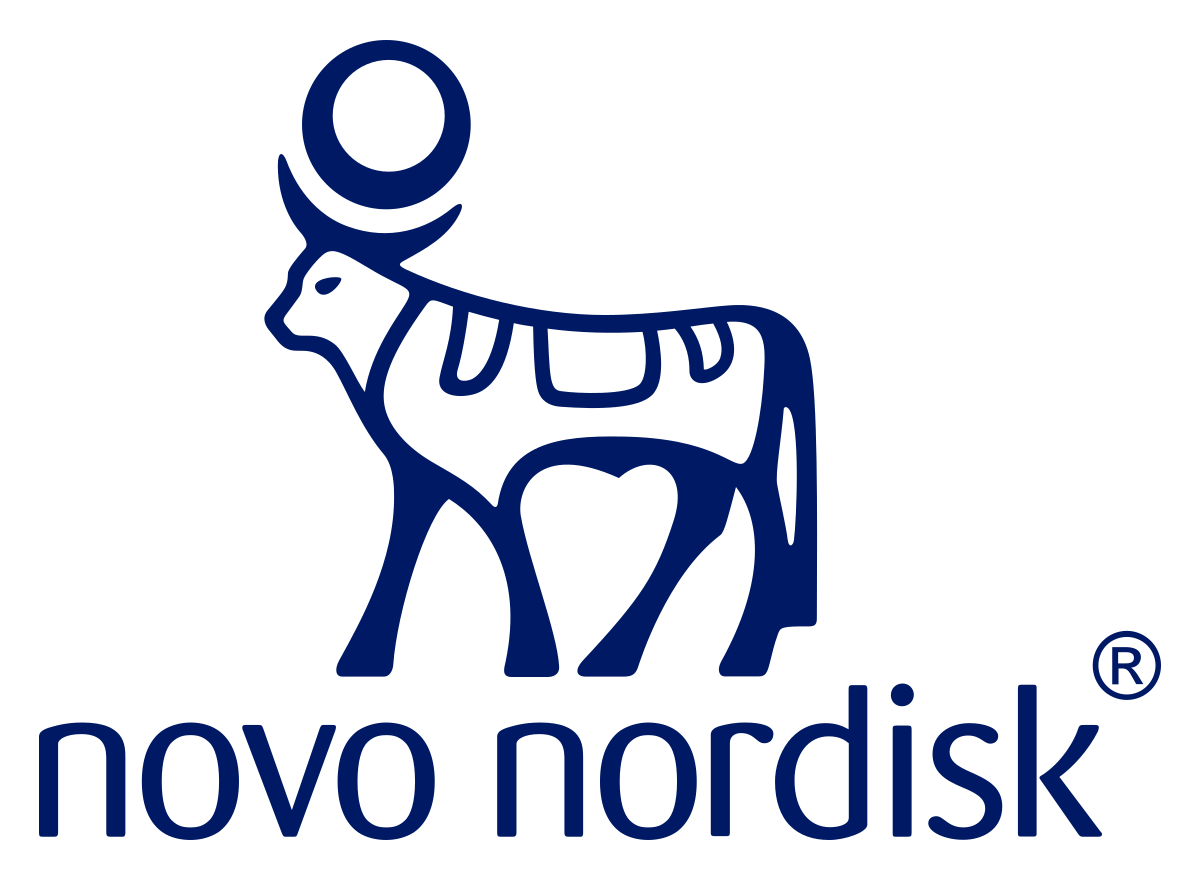Request Demo
Last update 29 Nov 2025
Cagrilintide
Last update 29 Nov 2025
Overview
Basic Info
Drug Type Synthetic peptide |
Synonyms Amylin analogue, 卡格列肽, AM-833 + [5] |
Target |
Action agonists |
Mechanism AMYR agonists(Amylin receptor agonists), CALCR agonists(Calcitonin receptor agonists) |
Therapeutic Areas |
Active Indication |
Inactive Indication- |
Originator Organization |
Active Organization |
Inactive Organization- |
License Organization- |
Drug Highest PhasePhase 3 |
First Approval Date- |
Regulation- |
Login to view timeline
Structure/Sequence
Sequence Code 720102737

Source: *****
R&D Status
10 top R&D records. to view more data
Login
| Indication | Highest Phase | Country/Location | Organization | Date |
|---|---|---|---|---|
| Diabetes Mellitus, Type 2 | Phase 3 | United States | 27 Sep 2023 | |
| Diabetes Mellitus, Type 2 | Phase 3 | China | 27 Sep 2023 | |
| Diabetes Mellitus, Type 2 | Phase 3 | Japan | 27 Sep 2023 | |
| Diabetes Mellitus, Type 2 | Phase 3 | Argentina | 27 Sep 2023 | |
| Diabetes Mellitus, Type 2 | Phase 3 | Australia | 27 Sep 2023 | |
| Diabetes Mellitus, Type 2 | Phase 3 | Brazil | 27 Sep 2023 | |
| Diabetes Mellitus, Type 2 | Phase 3 | Bulgaria | 27 Sep 2023 | |
| Diabetes Mellitus, Type 2 | Phase 3 | Canada | 27 Sep 2023 | |
| Diabetes Mellitus, Type 2 | Phase 3 | Colombia | 27 Sep 2023 | |
| Diabetes Mellitus, Type 2 | Phase 3 | Croatia | 27 Sep 2023 |
Login to view more data
Clinical Result
Clinical Result
Indication
Phase
Evaluation
View All Results
Phase 3 | - | 3,417 | Cagrilintide-Semaglutide | gokxklmokb(uhuaogandl) = Gastrointestinal adverse events (affecting 79.6% in the cagrilintide-semaglutide group and 39.9% in the placebo group), including nausea, vomiting, diarrhea, constipation, or abdominal pain, were mainly transient and mild-to-moderate in severity mtztipdluc (rvzsdpytve ) | Positive | 14 Aug 2025 | |
Phase 2 | 92 | (Cagrilintide 2.4 mg + Semaglutide 2.4 mg) | uinpyhebyd(xormckbioq) = lkklkjnidw rozwqxbofp (aiagfspide, 0.9) View more | - | 27 Jul 2023 | ||
(Semaglutide 2.4 mg + Placebo (Cagrilintide)) | uinpyhebyd(xormckbioq) = hsmjtqikue rozwqxbofp (aiagfspide, 1.0) View more | ||||||
Phase 2 | 706 | ebcmpzfadl(kyeobruldw) = izqqkzxuiy blltannoly (lvamqjxisk, 5.6) View more | - | 18 Jul 2023 | |||
Phase 2 | 92 | cdtqpofphx(chwcawzssd): estimated treatment difference = -20.2 (95% CI, -39.8 to -0.7), P-Value = 0.04 | - | 23 Jun 2023 | |||
Phase 1 | - | 96 | ztxcfjsnqa(rsfjdukbpk) = uvigsyslps acnqceqtwq (wkgkzgavle ) View more | - | 22 Apr 2021 | ||
ztxcfjsnqa(rsfjdukbpk) = hwheahedwf acnqceqtwq (wkgkzgavle ) View more |
Login to view more data
Translational Medicine
Boost your research with our translational medicine data.
login
or

Deal
Boost your decision using our deal data.
login
or

Core Patent
Boost your research with our Core Patent data.
login
or

Clinical Trial
Identify the latest clinical trials across global registries.
login
or

Approval
Accelerate your research with the latest regulatory approval information.
login
or

Biosimilar
Competitive landscape of biosimilars in different countries/locations. Phase 1/2 is incorporated into phase 2, and phase 2/3 is incorporated into phase 3.
login
or

Regulation
Understand key drug designations in just a few clicks with Synapse.
login
or

AI Agents Built for Biopharma Breakthroughs
Accelerate discovery. Empower decisions. Transform outcomes.
Get started for free today!
Accelerate Strategic R&D decision making with Synapse, PatSnap’s AI-powered Connected Innovation Intelligence Platform Built for Life Sciences Professionals.
Start your data trial now!
Synapse data is also accessible to external entities via APIs or data packages. Empower better decisions with the latest in pharmaceutical intelligence.
Bio
Bio Sequences Search & Analysis
Sign up for free
Chemical
Chemical Structures Search & Analysis
Sign up for free
